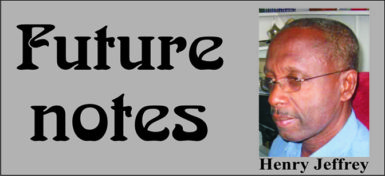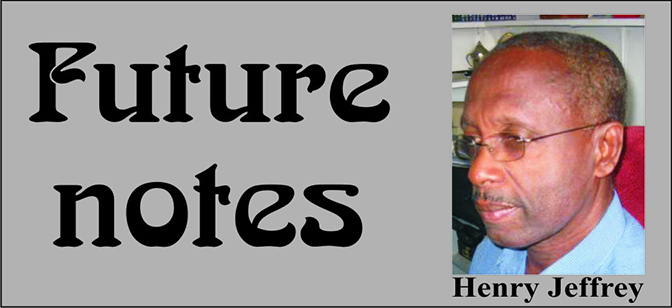The Christmas season is as good as any to indulge in ‘lite’ nostalgic ruminations and what follows in two parts tells the story of a minor event leading up to the political ascendency of Robert Mugabe. It may also remind us of the toxic influence race/ethnicity could have on the political process; that although other factors such as the invention of the birth control pill in 1957 made a tremendous contribution, of the interrelated but significant part young people of the period played in transforming our social consciousness and since the University of Warwick provides the backdrop for this story, it also allows me to congratulate veteran businessman Yesu Persaud for having the Centre for Caribbean Studies at Warwick renamed after him.

From the late 1880s, when Cecil Rhodes’ British South African Company introduced white gold miners into Zimbabwe and turned them into farmers when the mining venture failed, the quarrel between the Europeans and the native Ndebele and Shona peoples began. By 1914, 24,000 white settlers owned just over 19 million acres of the best land while 750,000 Africans occupied just over 21 million acres, including most of the marginal lands. (http://raceand history.com/ Zimbabwe/faactssheet.html). By independence in 1980, the situation had deteriorated somewhat: Africans who made up 97% of the population owned just under half the total area of arable land, while the rest was controlled by whites who made up only 3% of the population. (http://www.raceandhistory.com/Zimbabwe/ factsheet.html).

